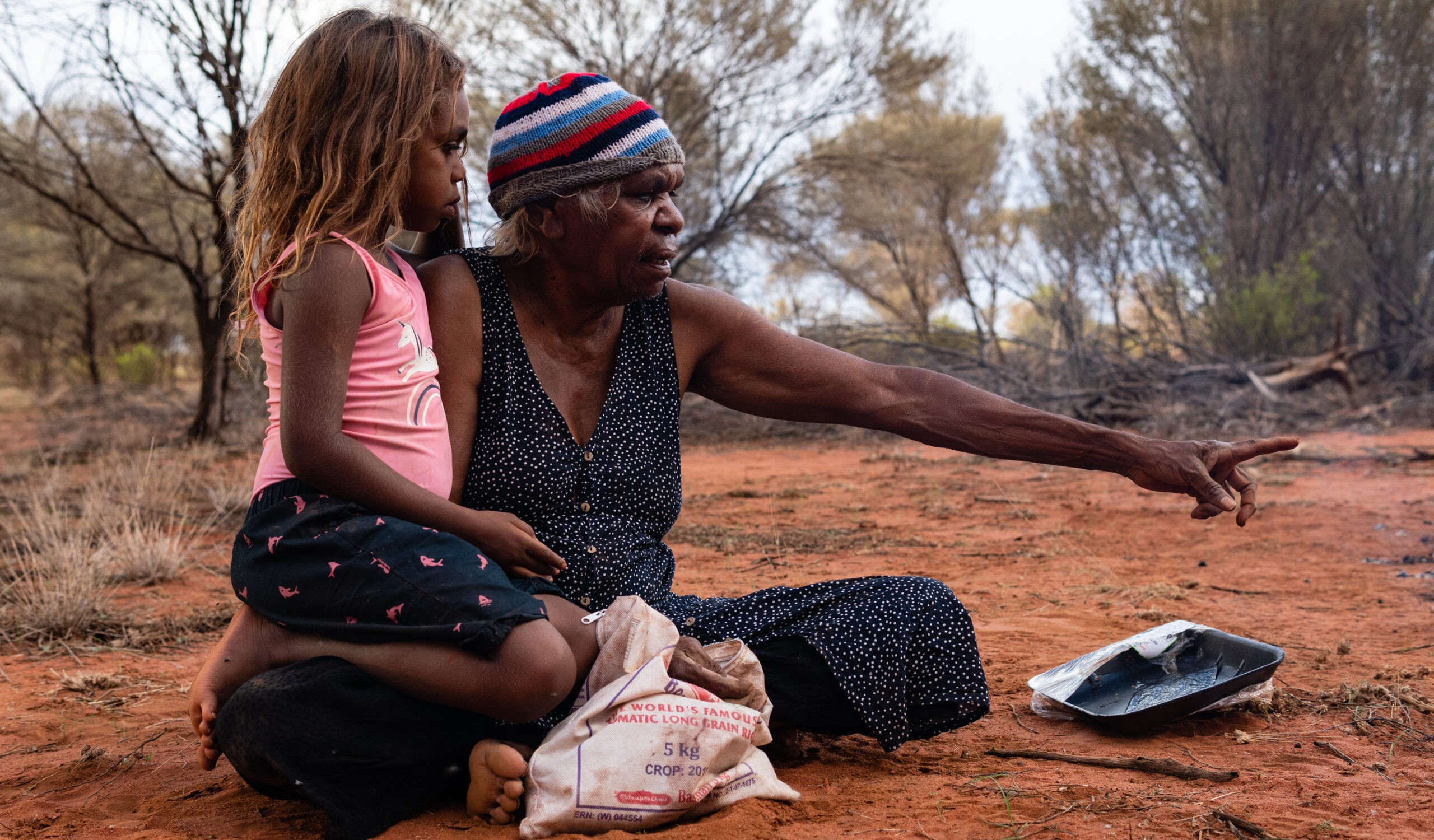The New South Wales government has announced plans to conduct a review of a child protection tool that has a disproportionate impact on Aboriginal children and has remained unchanged in the state for over a decade.
The system in question, referred to as “structured decision making” (SDM), has been utilised since 2010 to identify children at risk.
It comes after days a report by the Australian Institute of Health and Welfare (AIHW) raised concerns about the stark overrepresentation of First Nations youths in Australia’s justice system.
First Nations young people aged 10–17 are approximately 23 times more likely than their non-Indigenous counterparts to be under supervision on any given day.

The Guardian reports Minister for Families and Communities, Kate Washington, said the government’s commitment to substantial structural reforms within the child protection system, citing dissatisfaction with the current outcomes.
“It is crucial that these reviews involve consultation with Aboriginal people and communities,” Washington said.
Reforms are expected to encompass a scrutiny of the SDM risk assessment tool. Concerns about the tool’s fairness towards Aboriginal children have long been voiced by advocates, and the government now acknowledges the need for more equitable decision-making.
Under the SDM system, child protection caseworkers evaluate a child’s potential risk of harm by responding to a series of questions, categorising the risk level from “low” to “very high.”
In 2022, Queensland discontinued several SDM tools following research by Griffith University that uncovered racial bias and identified risk factors disproportionately affecting Aboriginal families grappling with historical disadvantages and discrimination.
Brian Jenkins, who spearheaded the study, highlighted that factors such as prior involvement with the child protection system, larger family sizes, and younger children—more prevalent in Aboriginal families—were classified as risk factors by the tool.
Aboriginal families historically face higher rates of reporting to child protection services and are more likely to reside in multi-family households, particularly in regional and remote areas.
Jenkins also found that the SDM used in Queensland would categorise Aboriginal children as high risk even when intervention wasn’t warranted.
Approximately 45% of the 14,723 children in out-of-home care in NSW are Aboriginal. The number of Aboriginal children taken into care in NSW has risen annually since 2015, with a remarkable 47% of children removed being Aboriginal by last year, despite Aboriginal youth constituting only 4.5% of the state’s youth population.

